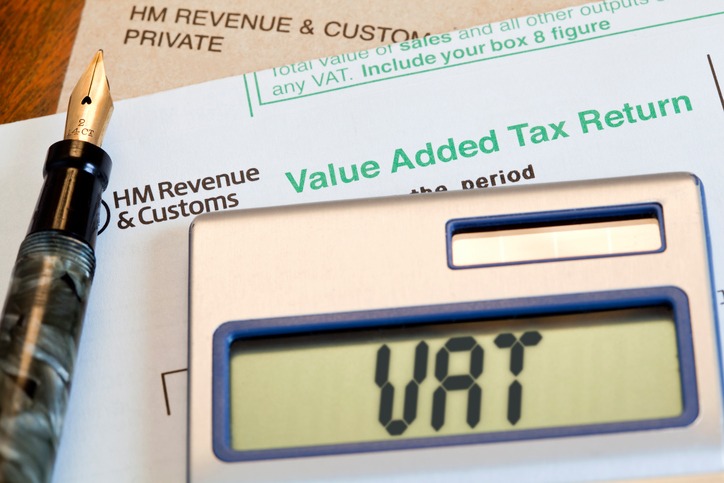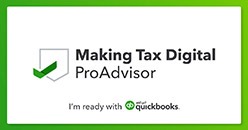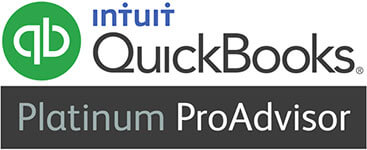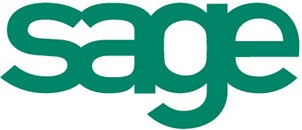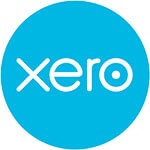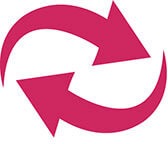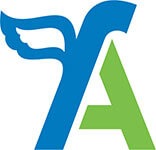Exempt, Zero Rated, No VAT – It’s all the same right?! Wrong. Don’t get stung because of a little misunderstanding.
I recently read an article about the differences between exempt and zero rated VAT and it got me thinking that they seem to be much of a muchness.
It wasn’t till I read the story of a guy who sold motorbike equipment – who got a whopping tax bill (over £25K) – did I realise the severity of not understanding the terminology. In this particular story he assumed all his sales were exempt, safety equipment is (and rightly so) but he miss judged that the items of clothing to match were standard rated.
A sense check for most would be to see if your supplier is charging you VAT on your purchases that you are reselling – if the answer is yes, you should be too. Obviously do not treat this as gospel because your supplier may also be doing it incorrectly but it’s a starting point.
Plus, HMRC can go back up to 20 years and I imagine that wouldn’t be a pretty letter to land on the doormat.
Oh and ignorance or reliance on purchase invoices are not valid excuses I’m afraid.
So now I’ve built up some fear, what are the rules and what can you do to adhere to them?!
Out Of The Scope
I think we should discuss when VAT does not apply first. This terminology relates to all things without applicable VAT. For example, payroll transactions or internal bookkeeping journals. It also applies to purchases made from someone who is not VAT registered, you should be able to tell from the invoice as there will be no VAT number or breakdown of Gross, Net and VAT amounts. These types of transactions will not appear anywhere on your VAT returns so for the realms of VAT, can kind of be ignored.
Exempt
Basically whatever the government has decided is exempt. For example; Stamps and insurance. If you purchase exempt supplies you won’t be able to claim VAT as there is none to claim back. Note: if you ONLY supply exempt goods, you do not need to register for VAT!
Zero Rated
Ok, so now it’s confusing! It means that tax is chargeable, but at 0%. To any of us, 0% = 0 and we would be right. BUT the main difference is that if you only make zero rated supplies you do still have to be registered for VAT once you hit the threshold. Having said that, it is likely you will receive a refund on each return.
E.G. – most food is zero rated so you wouldn’t have to pay HMRC yet you have probably been charged VAT on the tubs you bought to store the food, which you can then claim back.
So, just a little taster into the VAT terminology. Keep your eyes peeled in coming weeks for blogs around partial exemption and other VAT rules. For a bit more specific information, the link below will take you through to HMRC’s details site about different rates depending on good or services. Talk to us today, about accounting for tomorrow!
https://www.gov.uk/guidance/rates-of-vat-on-different-goods-and-services

